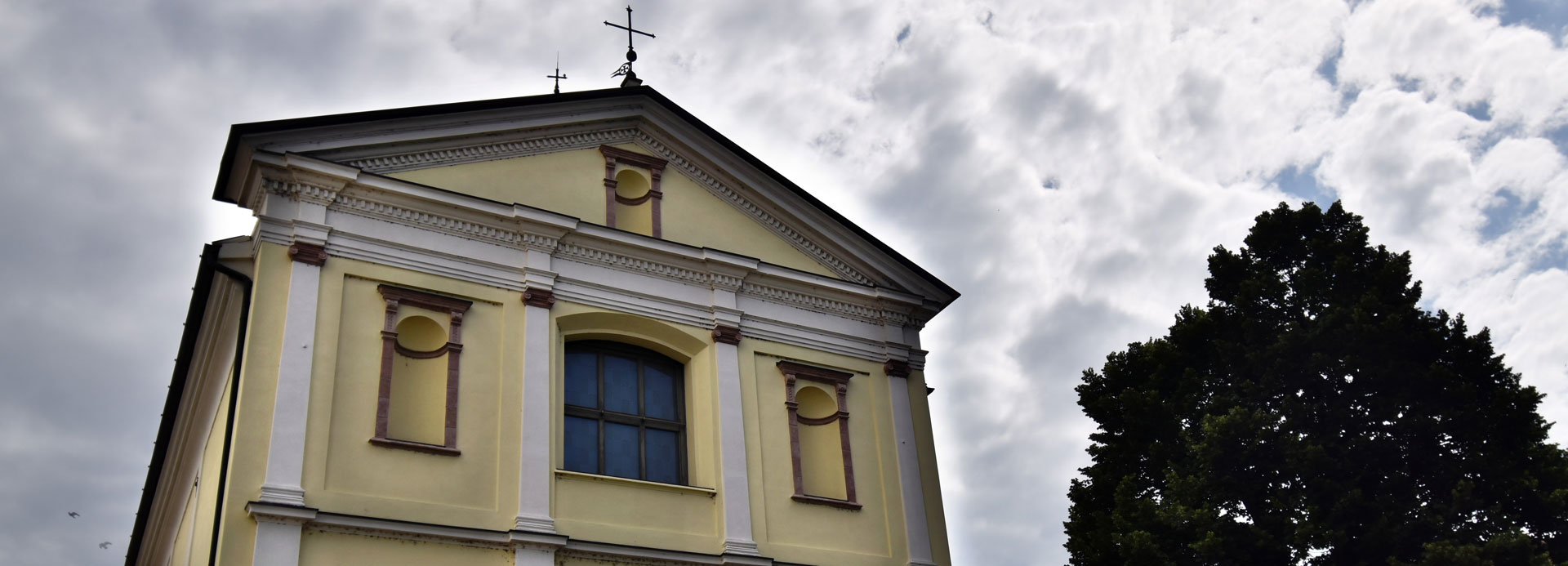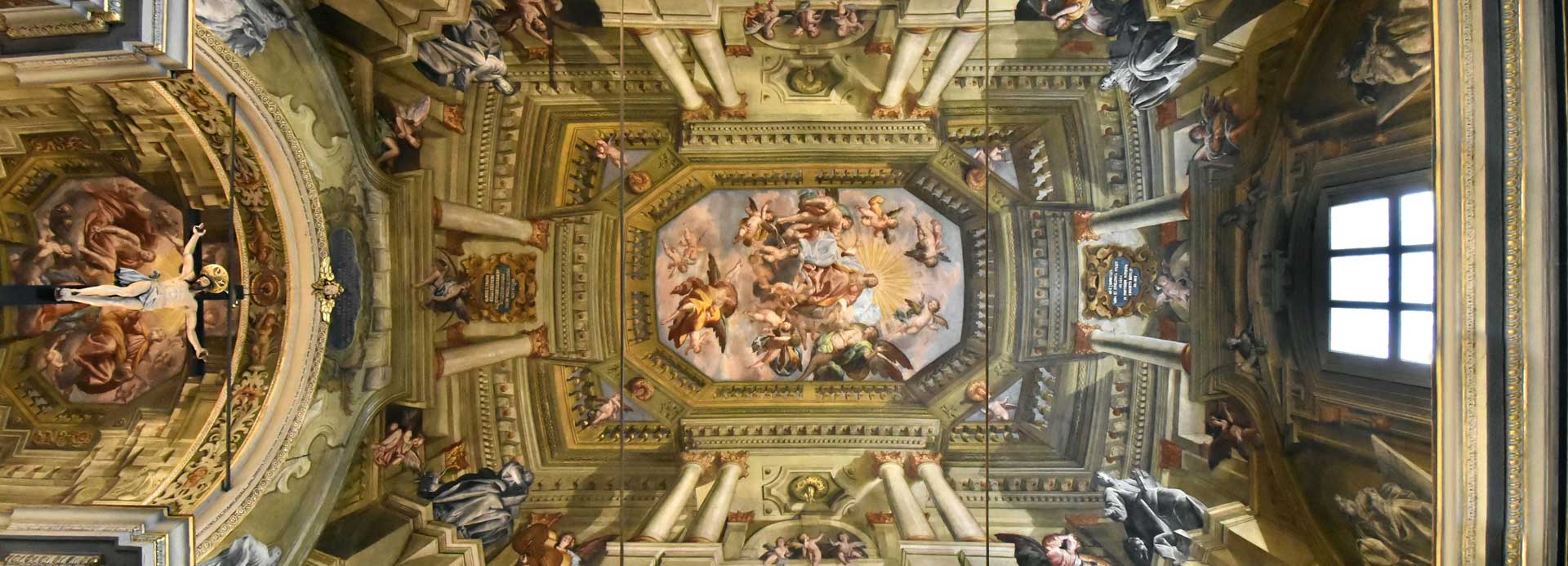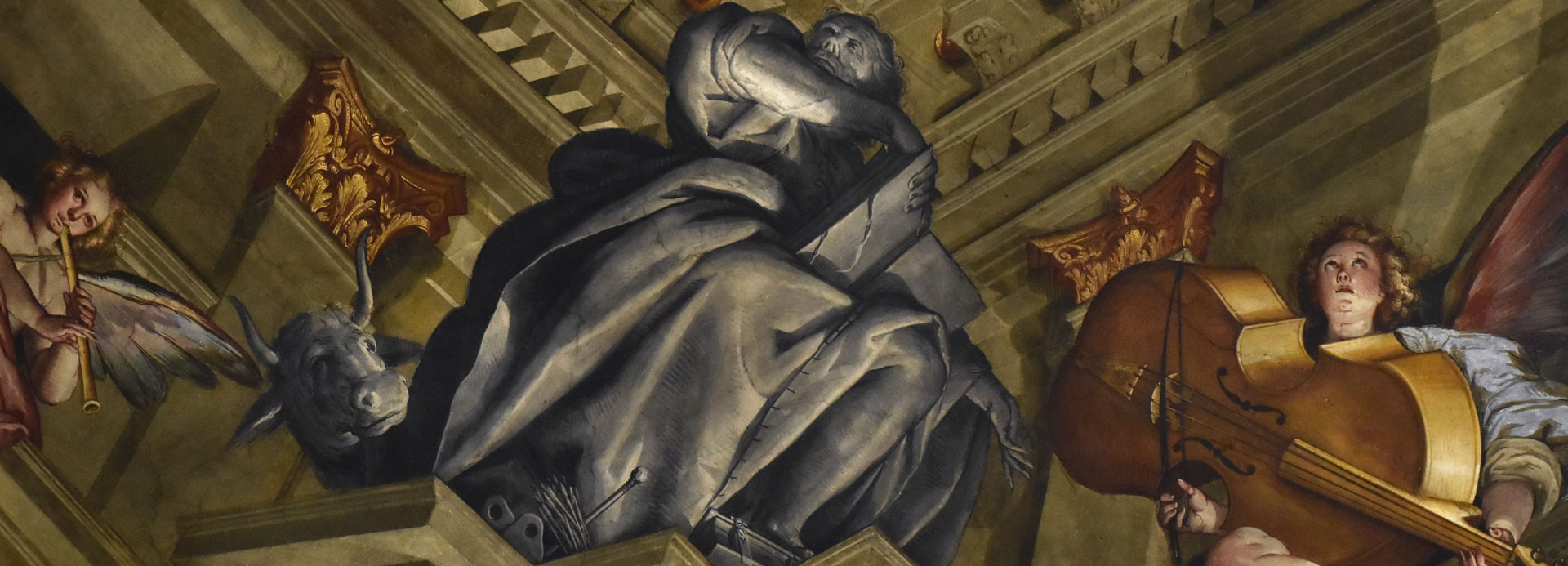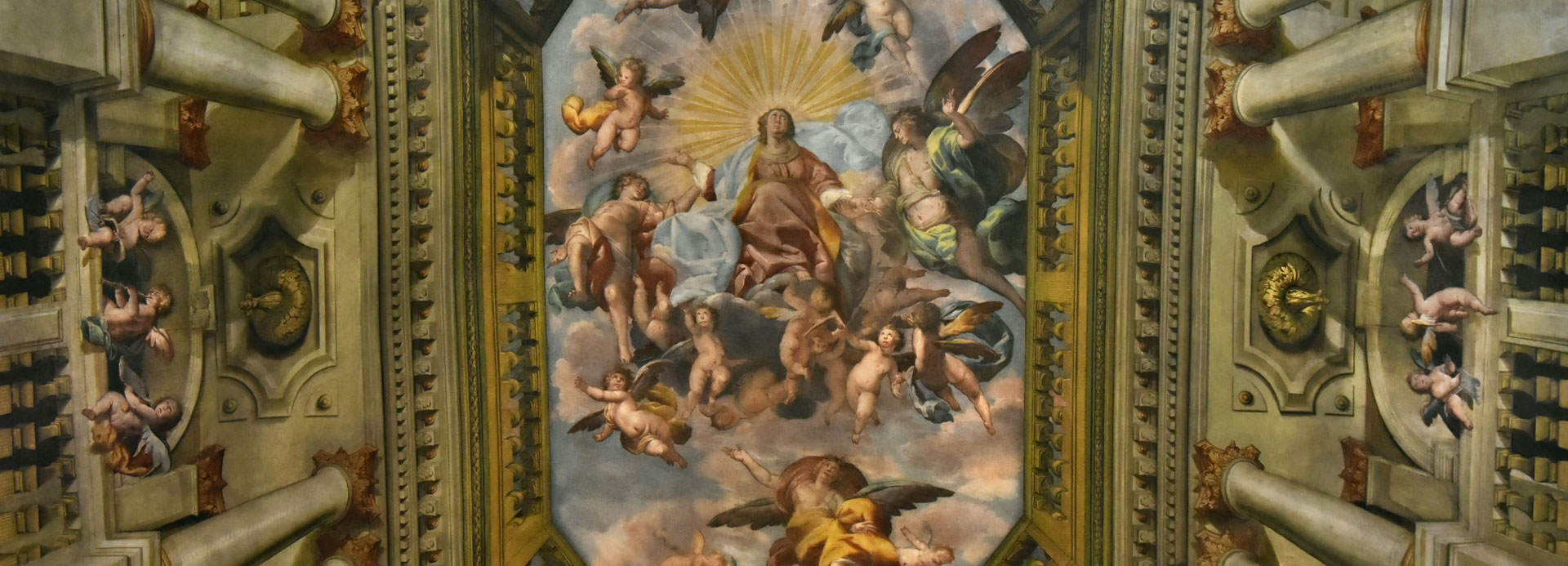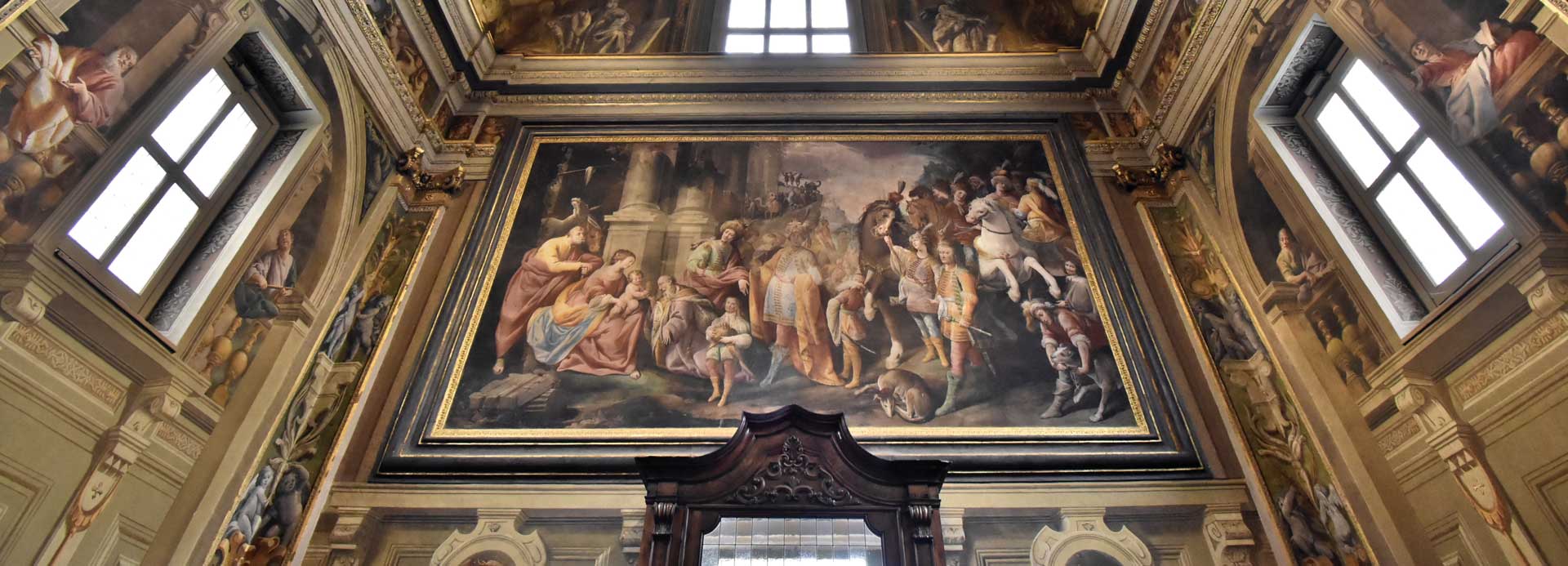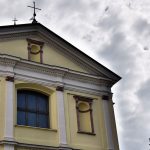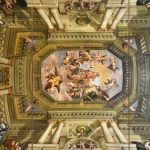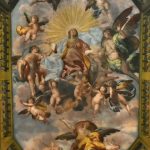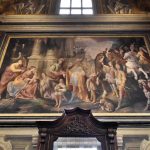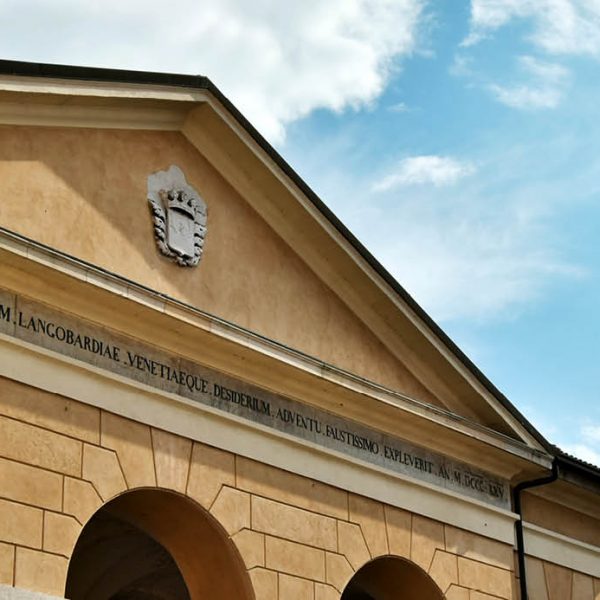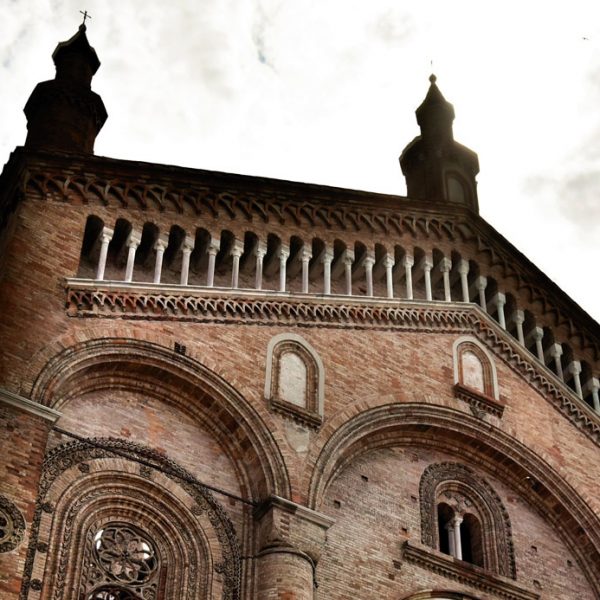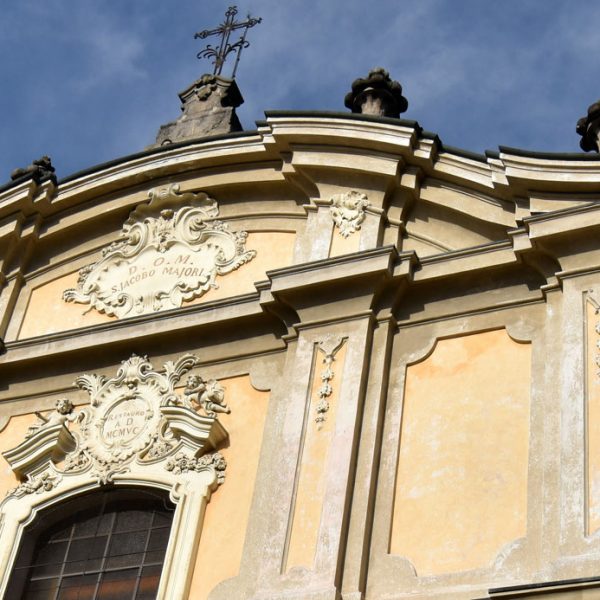 Tutti i luoghi
Tutti i luoghi
Faith and popular devotion
The history of this shrine began well before its construction and is closely related to an episode of popular devotion. In the 1540s, following the building of the city walls, an image of the Virgin and Child, the so-called ‘Madonna of the Tower’, was painted on the wall of the “Torrione” or tower between the Porta Ombriano and the Porta Ripalta town gateways. It is believed to have been painted by Giovanni da Caravaggio. The people of Crema worshipped before the painting and prayed for protection against attack. As time passed the painting was first protected by a covered roof, then an altar was built and a chapel followed. It was finally decided that a new place of worship should be built to host the painting.
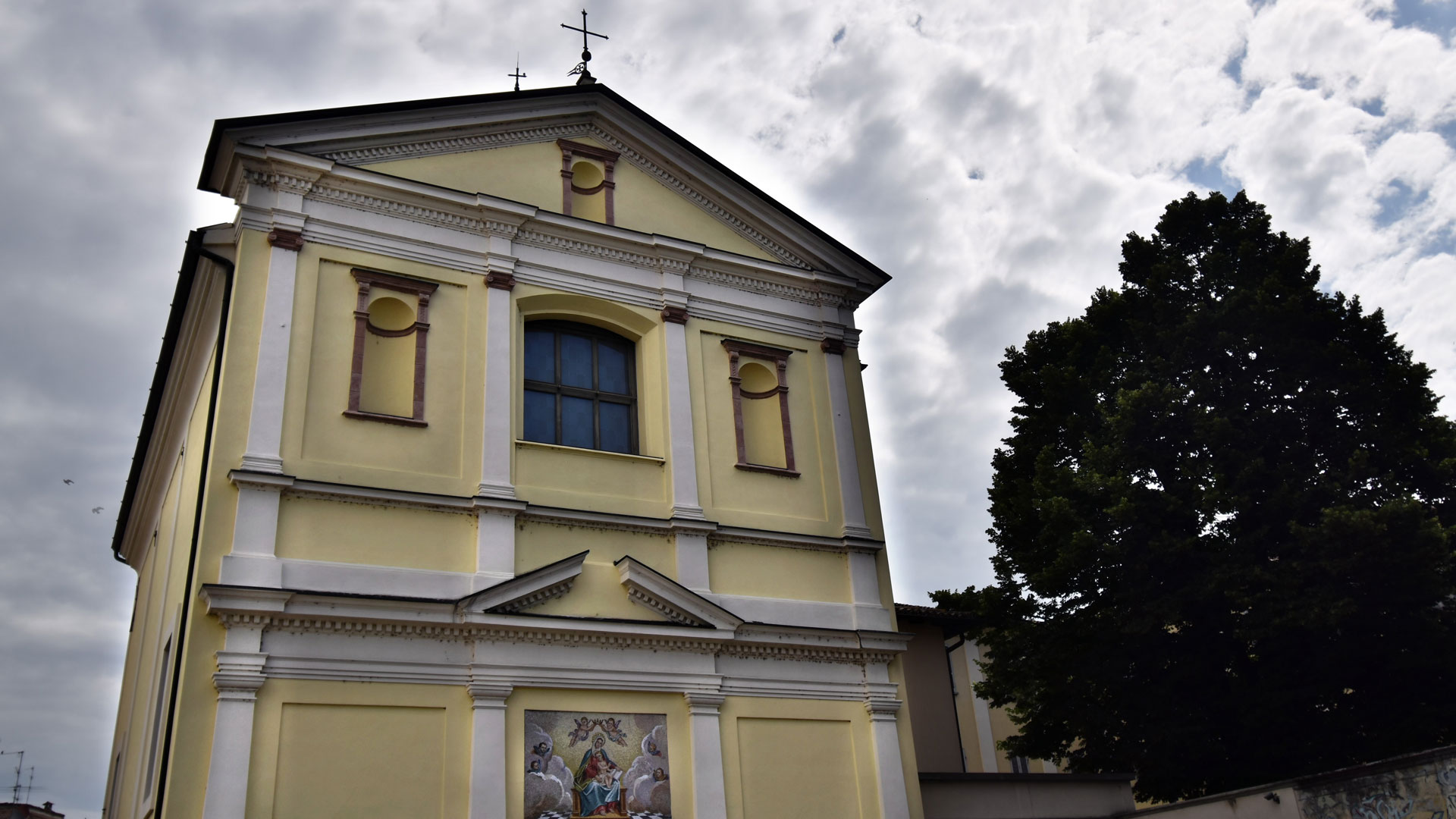
Thus, in 1601 the S.S.Sacramento Group bought the area to construct the church and work began. The church was completed in 1611 and the sacred image transported to the church in 1613. The interior was decorated with frescoes by Gian Giacomo Barbelli, between 1641 and 1643. Between 1833 and 1834 the brothers Serassi were commissioned to provide an organ and the choir stalls were made by Giovanni Annesa, wood sculptor from Bergamo.
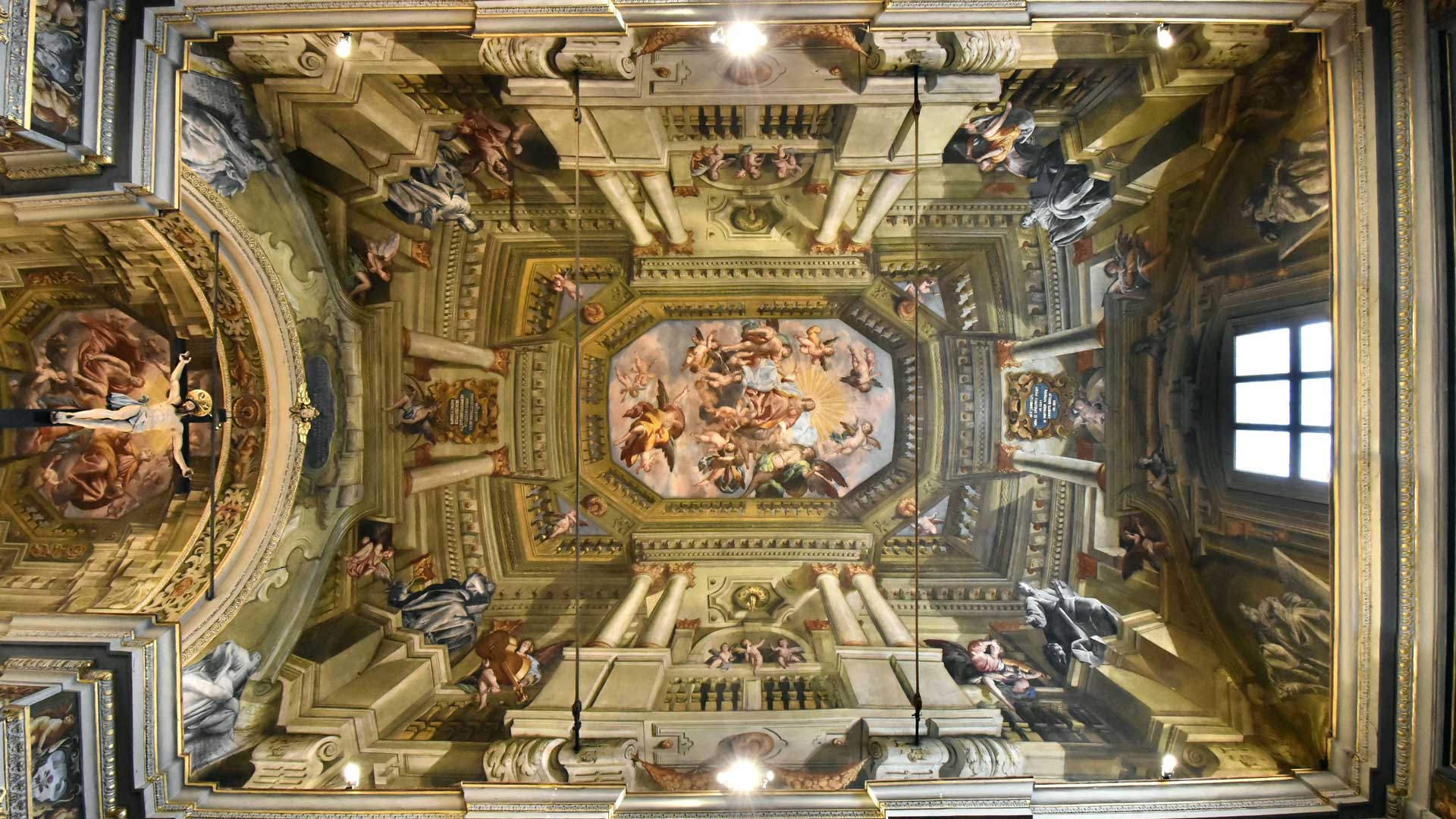
The facade of the church is relatively simple, but harmonious according to the style of the 1500s, and is divided into three parts by four columns. Above the entrance there is a mosaic of the ‘Madonna delle Grazie’, or ‘Blessèd Virgin Mary of Graces’. Above this there is a large window with two lateral, empty niches. The simplicity of the exterior of the church does not give away any idea of the richness and splendour of its interior, which can leave the visitor literally open-mouthed!

The interior frescoes are entirely the work of the celebrated Crema painter Gian Giacomo Barbelli. The paintings play a game of perspectives which gives the idea of a much larger, more majestic building and creates the illusion of space inside the relatively small interior. The cycle of frescoes narrates episodes in the life of the Virgin Mary. The ceiling is certainly the most spectacular element and captures the attention of both congregations and visitors alike. This complex decoration reproduces a wide balcony with great ledges made up of columns and plinths decorated with the monochrome figures of the four Evangelists, the Prophets and cherubs and angels with musical instruments. The culmination of this simulated architecture is a complex balustrade which opens as a window to the heavens, welcoming the Assumption of the Virgin suspended in the sky and surrounded by a triumph of angels. In this way the painting opens the limited space inside the building towards infinity, above all thanks to the clever use of light and colours. The presbytery was realised in a similar style with illusory architecture using balustrades which open to the sky, leaving space for the Coronation of the Virgin. The sidewalls simulate a gallery where figures of the apostles look on, almost as if they were spectators at the sacred events.
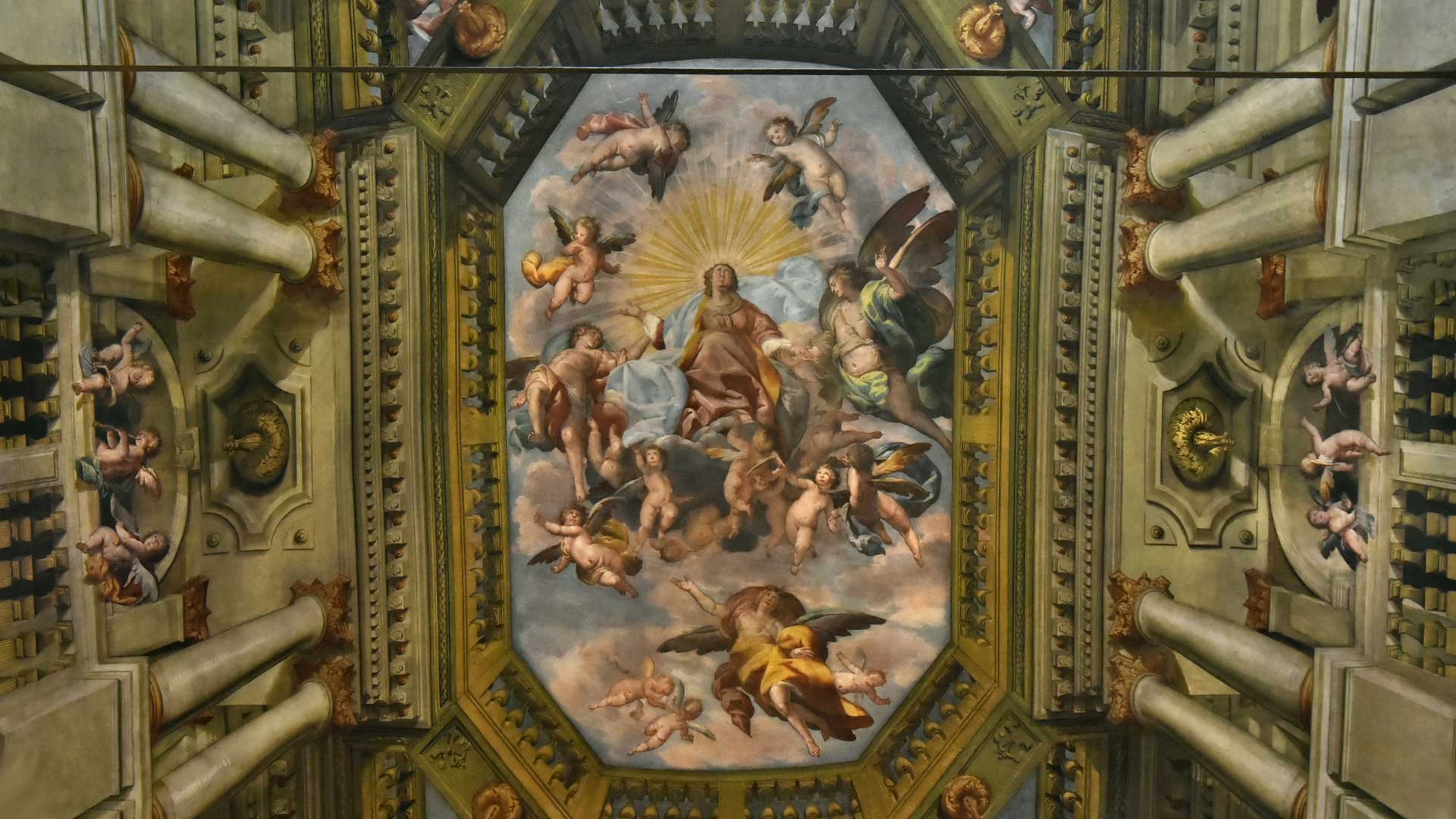
The cycle of frescoes dedicated to the Virgin is completed by two episodes which are framed in stucco. Above the door we have the Adoration of the Magi. In the classical background we have a crowd of figures in 17th-century clothes, among whom it is possible to identify a self portrait of the artist in the figure on the right, who attracts the attention of the visitor as he is pointing towards the scene. The painting is both signed and dated. Above the side door we can admire

‘Rest During the Flight from Egypt’, a true masterpiece by the painter from Crema, who has also left his signature on this painting in the bottom right hand corner. At the side of the main entrance stand the monochrome figures of Saint Sebastian and Saint Rocco, while at the sides of the presbytery arch we can see representations of the Annunciation, Saint Defendente and Saint Fermo. Finally and not to be missed is the image of the ‘Madonna and Child Crowned by Angels’, on the altar. This is the image which once adorned the “torrione” or tower. On either side of the fresco there are marble sculptures of Mary Magdalene and St John the Evangelist, of the Fantoni workshop.

Info
Via delle Grazie
Hours subject to restrictions
Visits prohibited during religious celebretions

